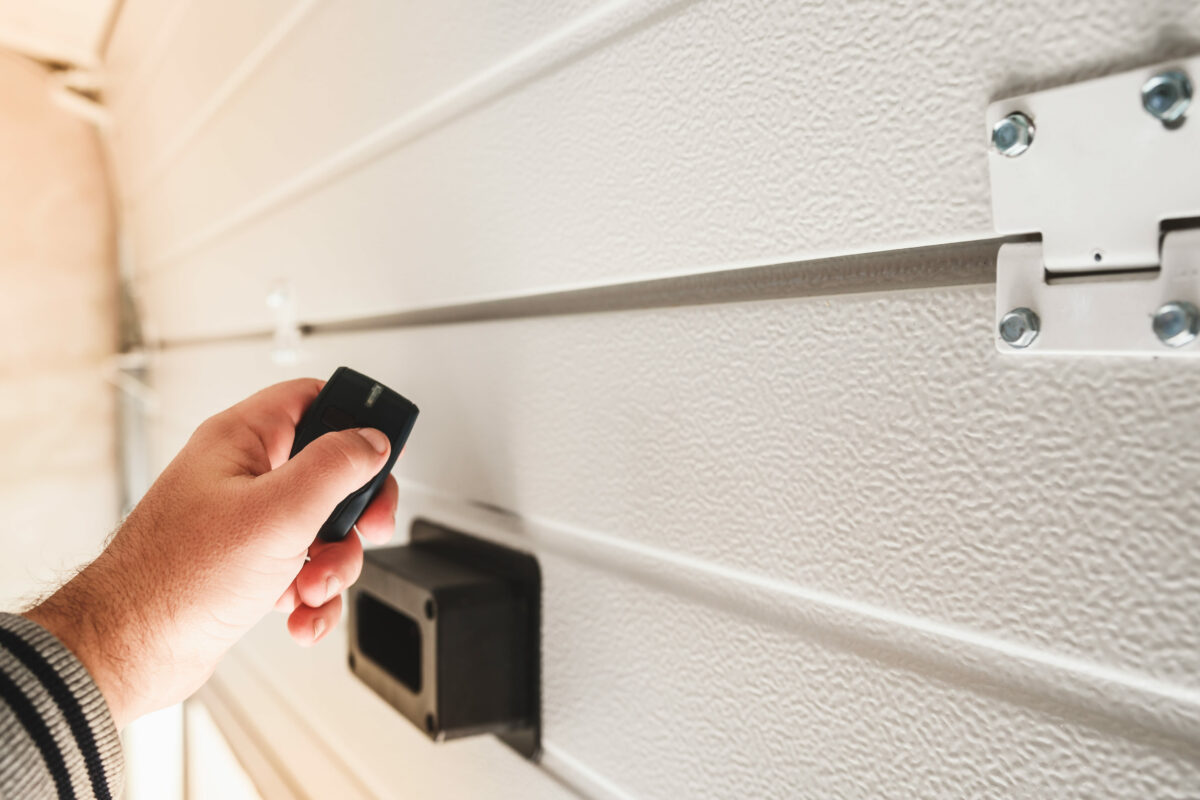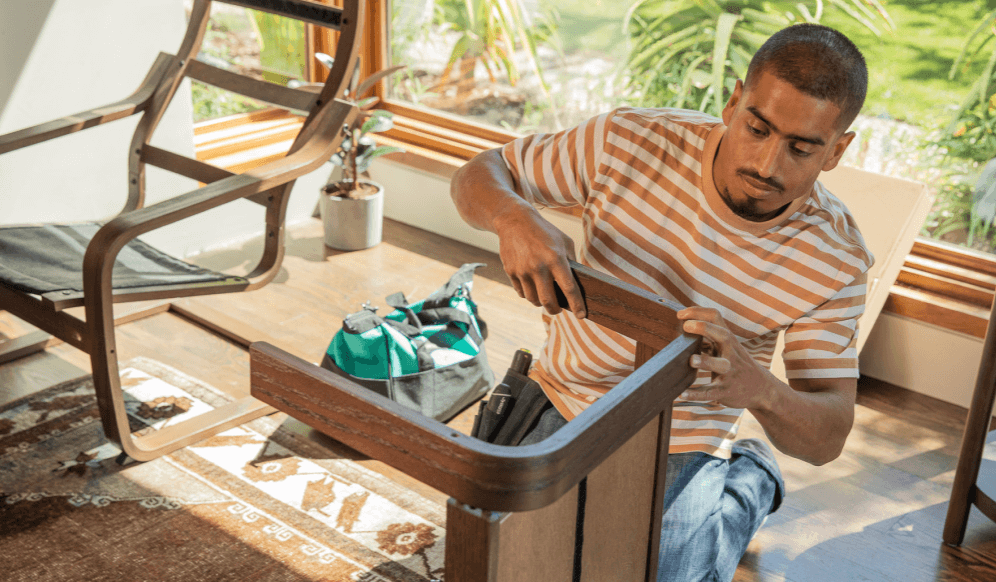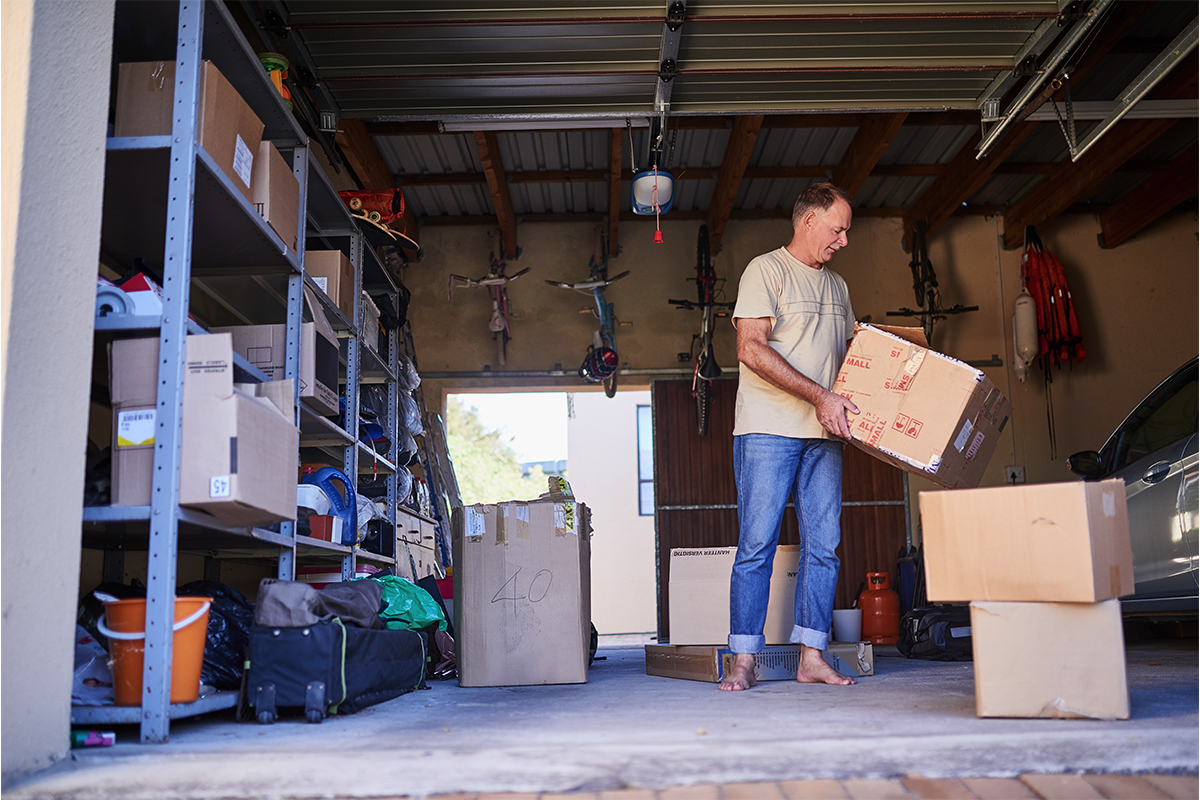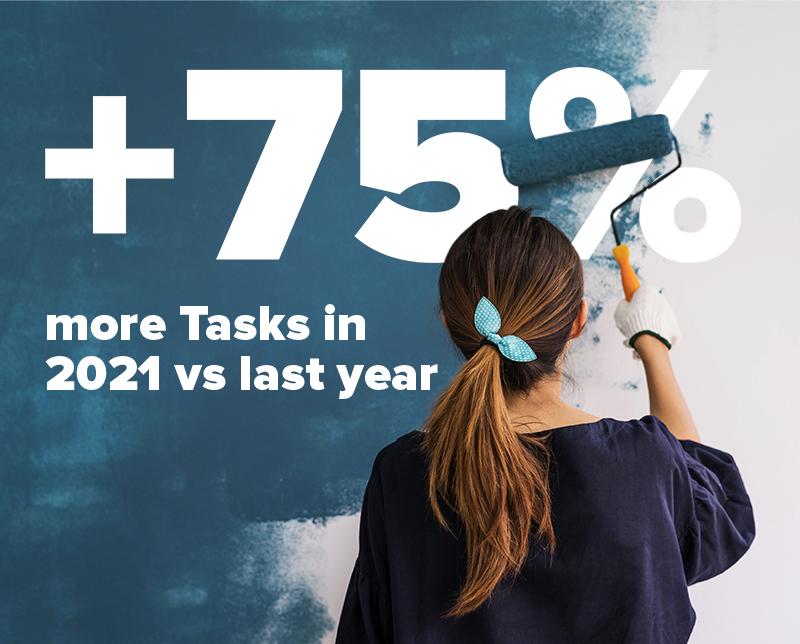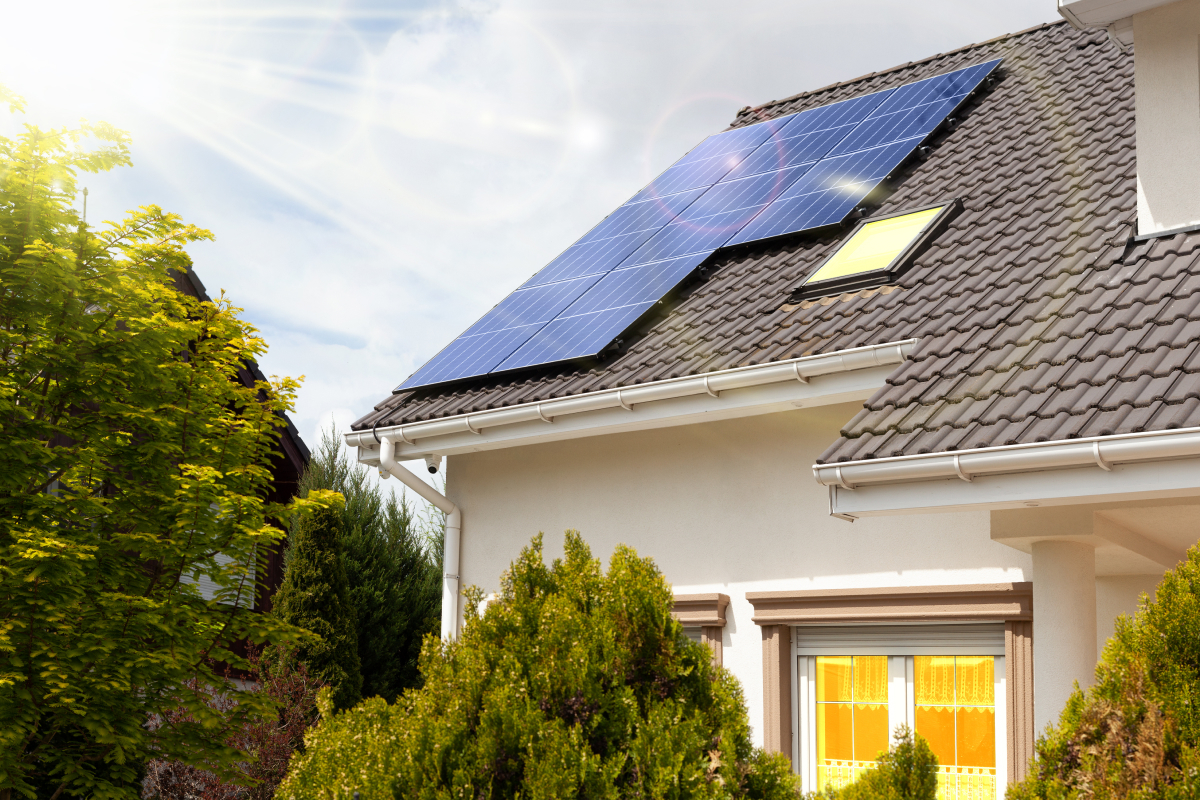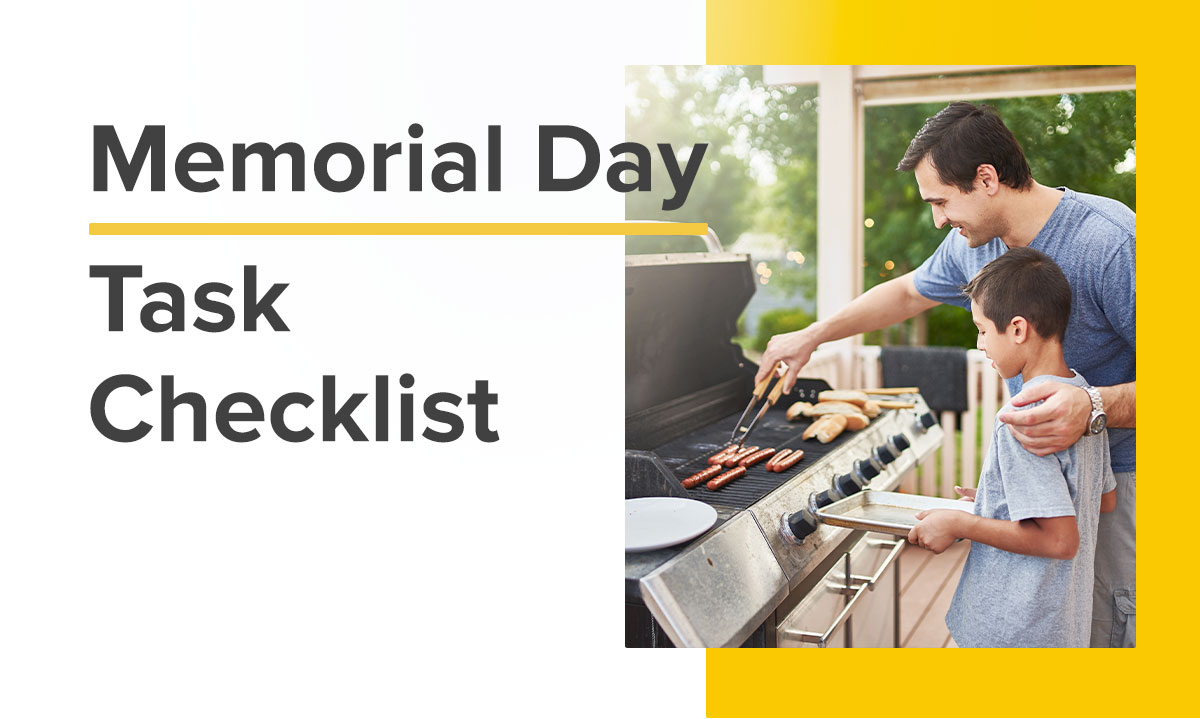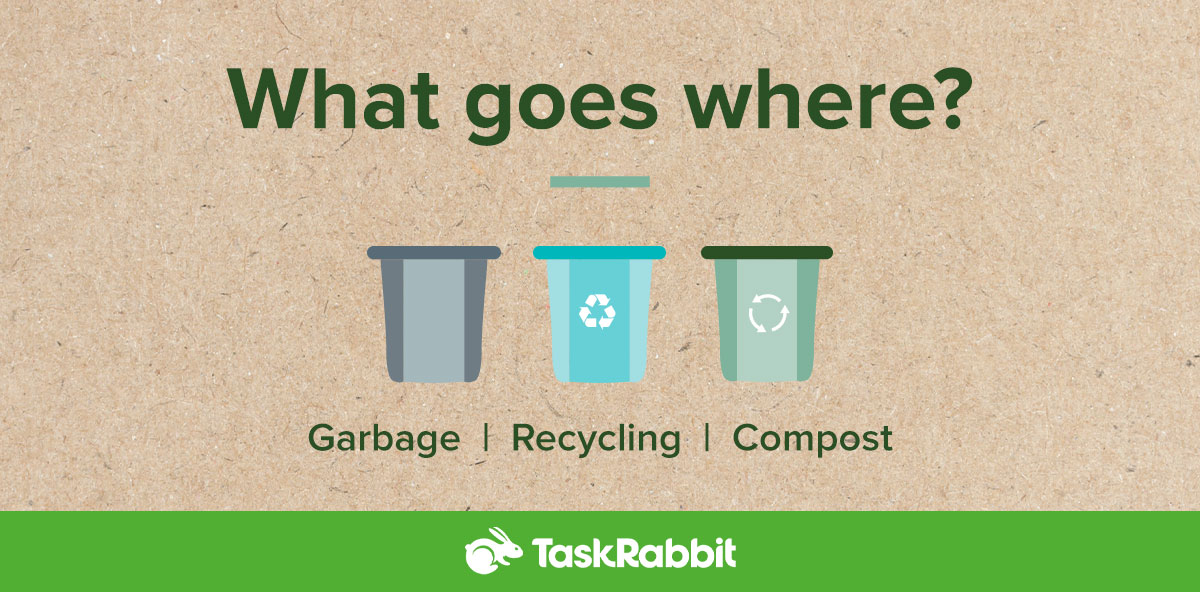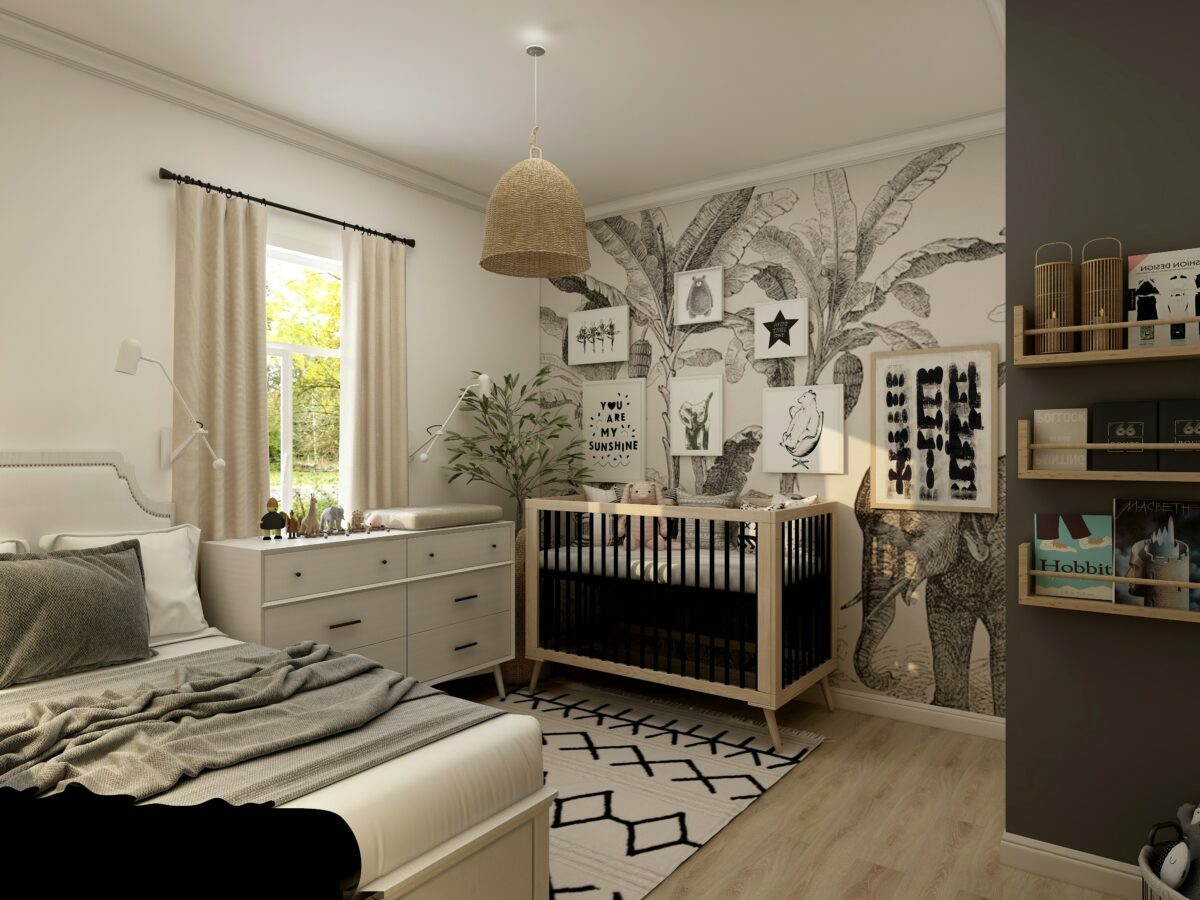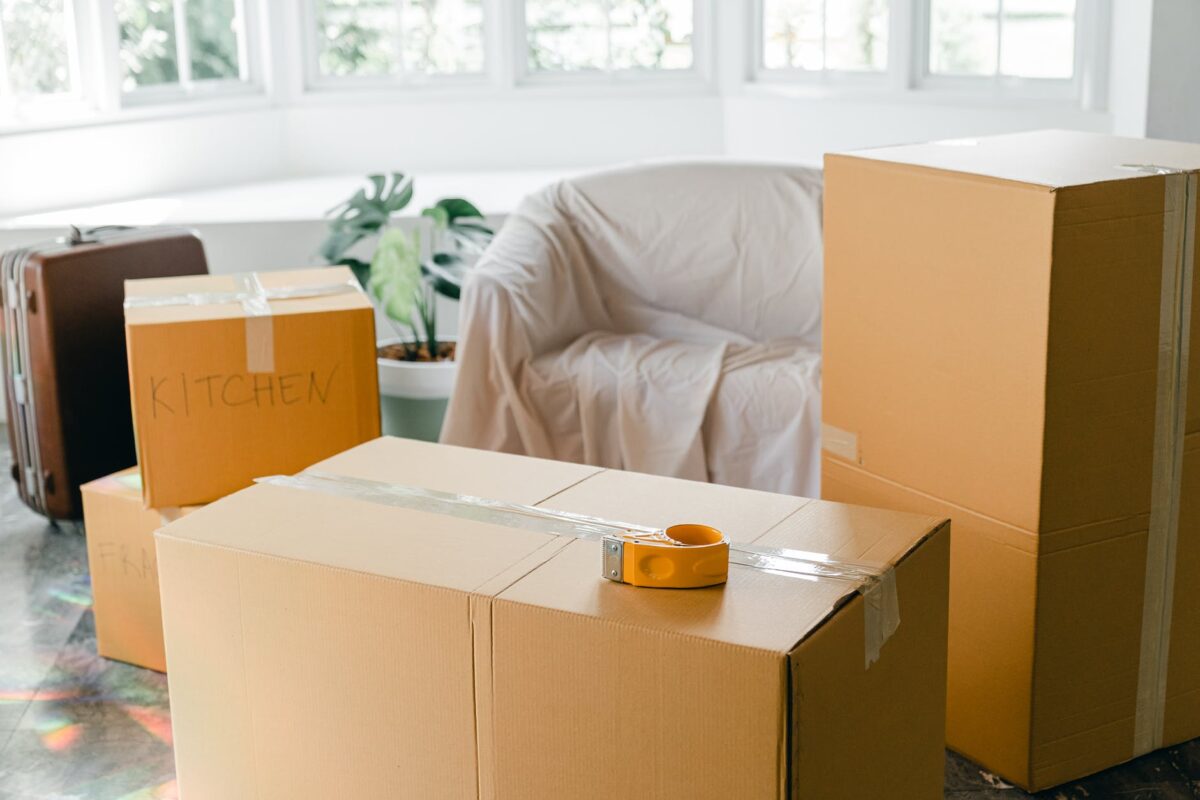It’s easy to take a well-functioning garage door for granted until something goes wrong. When issues arise—from broken openers to squeaky hinges and damaged panels—they can disrupt daily routines and pose safety risks to those living in your home. Fortunately, you can resolve garage door problems with the right know-how, tools, and regular maintenance.
In this comprehensive guide, you’ll learn how to tackle the most common garage door issues head-on, like how to repair a garage door opener. Whether you’re a seasoned DIY enthusiast or a novice homeowner looking to save money on repair bills, you’ll find valuable step-by-step insights and practical solutions for when your garage door won’t open or close. So grab your toolbox (or your Taskrabbit app), and let’s get started.
Easy Garage Door Fixes
When you have garage door issues, start here first for some easy garage door hacks. If these quick tips don’t fix your broken garage door, you’ll find more in-depth garage door problems and solutions below.
- Lubricate moving parts: Apply a silicone-based lubricant to door rollers, hinges, pulleys, and tracks to reduce friction and squeaking.
- Check and tighten hardware: Inspect bolts and screws on the tracks, rollers, and hinges, and tighten any that may have loosened over time.
- Clear obstructions: Ensure the area around the tracks is free of debris or objects that could obstruct the door’s movement. Regular garage cleaning is a good idea anyway!
- Reset the opener: If your garage door opener isn’t working correctly, try resetting it by unplugging it from the power source for a few minutes, then plugging it back in and reprogramming the remote.
Garage Door Problems
Door Opener Problems
If your garage door opens or closes improperly, it may be due to unresponsive remote signals, erratic door movement, or the opener motor running but failing to properly engage the door’s mechanism. These problems can stem from issues with the remote control, sensor misalignment, electrical malfunctions in the opener unit, or worn-out gears and belts within the motor assembly.
Solution
To address a faulty garage door opener, start by checking the batteries in the remote control and ensuring the sensors are correctly aligned and free from obstruction. Inspect the opener unit for loose connections or damaged components if the issue persists. You can also try resetting the opener by unplugging it for a few minutes and then reconnecting it, which sometimes helps resolve minor electrical glitches.
Faulty Sensors
With automatic garage doors, faulty sensors in the door can lead to safety hazards and operational issues, such as the door failing to close correctly or reversing unexpectedly during operation. Common issues associated with faulty sensors include:
- Dirt or debris obstructing the sensor’s line of sight
- Misalignment of the sensors
- Electrical malfunctions in the sensor wiring or circuitry
Solution
To address faulty sensors:
- Start by cleaning the sensor lenses with a soft cloth to remove any dirt or debris blocking the signal.
- Check the alignment of the sensors and adjust them if necessary to ensure they are facing each other directly and there are no obstructions in the path between them.
- If the sensors are properly aligned and clean but still not functioning correctly, inspect the wiring and connections for any signs of damage or corrosion and replace or repair as needed.
Loose Mounting Brackets
Loose mounting brackets in a garage door can lead to various issues, including excessive vibration and noise during operation, misalignment of the tracks, and even the risk of the door falling off its tracks entirely. When the mounting brackets are loose, they can cause the entire door system to become unstable, compromising safety and functionality.
Solution
To address loose mounting brackets, first, close the door and disconnect the power to the opener to prevent accidents. Then, use a wrench or socket set to tighten the bolts, securing the mounting brackets to the wall or ceiling. Check for any signs of damage or corrosion in the brackets and replace them if necessary. Lastly, consider reinforcing the brackets with additional hardware or support to prevent future loosening.
Worn Garage Door Springs
Worn garage door springs are a common issue that can manifest in various symptoms, including difficulty lifting the door, uneven movement, or loud noises during operation. Over time, the constant tension and stress placed on the spring system can cause them to lose their elasticity and strength, compromising the door’s ability to open and close smoothly.
Solution
Spring replacement is best left to professionals due to the high tension involved and the potential for serious injury. Contact a qualified garage door technician to inspect the springs and determine the appropriate replacement parts. Attempting to replace torsion springs or extension springs without the proper training and equipment can result in accidents and further damage to the door system.
Broken Chain or Belt
A broken chain or belt in the garage door opener mechanism can render the door inoperable, preventing it from opening or closing correctly. Common signs of a broken chain or belt include unusual noises from the opener unit, lack of movement in response to remote commands, or visible damage to the chain or belt itself.
Solution
If the garage door opener’s chain or belt is broken, you’ll need to replace it to restore proper functionality. Contact the manufacturer or a professional garage door technician to obtain a replacement part and perform the installation. Attempting to repair or replace the chain or belt without proper knowledge and tools can further damage the opener unit and pose safety risks.
Misaligned Tracks
Common issues arise when dealing with misaligned tracks in a garage door, such as difficulty opening or closing the door smoothly, loud noises during operation, and increased wear on other components like rollers and hinges. Misaligned tracks can result from loose mounting brackets or track damage, causing the door to become stuck or unevenly aligned.
Solution
To address misaligned tracks, examine the mounting brackets along the tracks to ensure they are secure on the wall or ceiling. Use a level to check the alignment of the tracks and adjust them as needed to ensure they are parallel and properly positioned. If the tracks are damaged or bent, they may need to be replaced to restore smooth operation.
Damaged Garage Door Panels
Damaged garage door panels not only detract from the appearance of your home but can also compromise the structural integrity and security of the door. Common issues associated with damaged panels include dents, cracks, or warping caused by impact, weathering, or age, leading to difficulty opening or closing the door smoothly and increased energy costs.
Solution
To address damaged panels, start by assessing the extent of the damage and determining whether you need to repair individual panels or replace the entire door. You can often repair minor dents or cracks using filler materials or panel replacements, while more extensive damage may require replacing the whole door. Consult with a garage door professional to determine the best action based on your situation.
Worn Rollers
Worn rollers can result in a noisy garage door, uneven movement, and increased wear on other components like garage door tracks and hinges. Common issues associated with worn rollers include visible signs of wear or damage, such as flat spots or cracking, and difficulty rolling smoothly along the tracks.
Solution
To address worn rollers, start by inspecting them for signs of wear or damage and replacing any that show excessive wear or damage. Lubricate the rollers and tracks with a silicone-based lubricant to reduce friction and ensure smooth operation. If the tracks are misaligned or damaged, they may need to be repaired or replaced to prevent further damage to the rollers and ensure proper door operation.
Loose Cables
When dealing with loose cables in a garage door system, several common issues can arise that compromise the door’s functionality and safety. Loose cables can lead to erratic movement of the door, causing it to become misaligned or stuck during operation. Additionally, loose cables may pose a safety hazard, as they can become tangled or caught in the door mechanism, potentially causing damage to the door or injury to individuals nearby. Lastly, they can also result in uneven tension distribution, putting excessive stress on other components such as springs and rollers, which can lead to premature wear and failure.
Solution
Here’s how to repair a garage door cable. First, disconnect the power to the opener to prevent accidents. Next, carefully inspect the cables for signs of fraying, kinking, or slackness. If the cables appear loose, tighten the cable drum set screws to ensure proper tension. Additionally, check the attachment points of the cables to the bottom brackets and adjust them as needed to remove any excess slack. Regular maintenance and inspection of the cables, along with proper tension adjustment, can help prevent issues associated with loose cables and ensure the safe and smooth operation of the garage door. If you’re unsure about handling cable adjustments, it’s best to seek professional assistance to avoid accidents and ensure proper repair.
Garage Door Problems FAQs
How much does it cost to repair a garage door?
The cost of repairing a garage door can vary depending on the extent of the damage and the type of repair needed. On average, simple maintenance, such as fixing a squeaky hinge or replacing a roller, can cost between $100-200. More complex issues, like replacing springs or panels, can range from $200-500 or more.
Is it safe to repair a garage door by yourself?
While you can perform some minor garage door repairs safely on your own, specific tasks, such as adjusting or replacing springs, can be hazardous and should be left to those with suitable credentials and experience. Attempting DIY garage repairs without the necessary expertise can lead to severe injury or further damage to the door system.
What are the most common garage door repairs?
Some of the most common garage door repairs include fixing broken springs, replacing worn-out rollers, repairing misaligned tracks, troubleshooting opener malfunctions, and addressing issues with sensor alignment or wiring.
How do you fix an old garage door?
Fixing an old garage door may involve both repairs and maintenance tasks, including lubricating moving parts, tightening hardware, replacing worn-out components such as springs or rollers, and addressing cosmetic issues like dents or peeling paint. Regular home improvement upkeep and preventive maintenance can extend the lifespan of an older garage door and keep it operating smoothly.
Repair the Garage Door by Hiring a Tasker
While you can tackle some garage door repairs as a DIY project, it’s important to recognize when not to do it yourself—both for safety reasons and for the long-term functionality of your garage door. With the help of a vetted Tasker, you can have peace of mind knowing that your garage door repairs are in trusted hands. Whether fixing a stubborn opener, replacing worn-out springs, or addressing cosmetic damage, you can search for the right Tasker to help.
